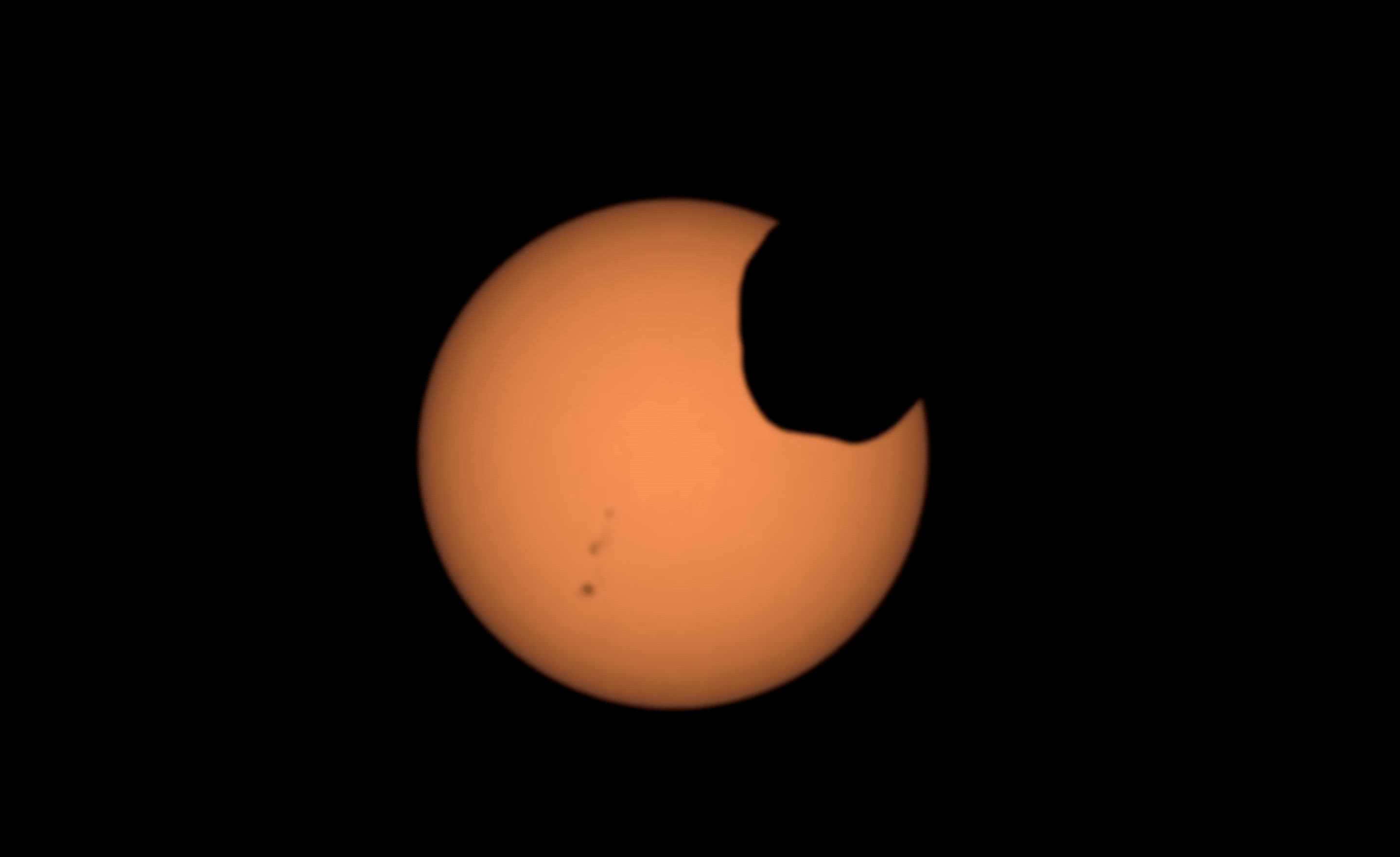When you purchase through links on our land site , we may make an affiliate commission . Here ’s how it works .
Hurrah , NASA ’s sending another automaton to Mars !
InSight is scheduled to partake down on Mars today ( Nov. 26 ) at 3 p.m. ET , joining Mars ' other robotic habitant : Curiosity , Opportunity and Spirit ( though only Curiosity is currently " springy , " transport signals back to Earth ) .

An artist’s concept depicts NASA’s InSight lander after it has deployed its instruments on the Martian surface.
You may be wondering if InSight will satisfy nativeforms of lifeduring its stay onMars ; alas , that interrogation will remain unanswered . The hardy little lander wo n’t be spending its time searching for signs of Martian microbes . alternatively , InSight will send a investigation to burrow several feet below the planet ’s surface .
In doing so , InSight will provide a never - before - fancy glimpse into Mars ' internal bodily structure , which could avail scientists figure out how Mars — and other rocky planet , like Earth — accept shape in a youngsolar system . [ Mars Insight Photos : A Timeline to landing place on the Red Planet ]
On the aerofoil , Mars is extend in red dust that is racy in branding iron oxide ; this coating realize it the nickname " Red Planet . " Even when viewed from Earth without a scope , Mars appears reddish in color as it hangs amid the stars — in fact , its crashing appearance inspired ancient astronomer to name the satellite after the popish god of warfare , according toNASA .

This is an image taken by an engineering model of NASA’s InSight lander during a rehearsal for instrument deployment in a Mars-like testbed at NASA’s Jet Propulsion Laboratory, Pasadena, California. A flight version of the Instrument Context Camera (ICC) that took this image is expected to take InSight’s first image on Mars.
However , this signature cherry-red color does n’t extend very far below the surface , asCuriosity discoveredin 2013 . After drilling about 2.5 inches ( 6.4 centimeters ) into a jumpy outcrop , the bird of passage extracted rock dust that was light gray , propose a first look at subsurface material on Mars .
But InSight will explore far beyond that , lapse a " self - hammer " probe that will jab itself into the primer coat to a depth of 10 to 16 infantry ( 3 to 5 beat ) , for experiments measure how the rock music in the planet ’s national conducts heat . [ NASA ’s InSight Mars Lander : Full reportage ]
rarity , Opportunity and Spirit have already allow for scientist with a wealth of data on Mars from samples amass on the planet ’s surface , revealing the composition of its mineral and showing that the planet might have been capableof confirm lifein the distant past . Orbiting satellite have also revealed of import puzzler pieces about Mars ' mood makeup and orbit , and have even detected what are think to be current ofsalty liquid water .

But unlike these other missions , InSight — Interior Exploration using Seismic Investigations , Geodesy and Heat Transport — will accumulate entropy from inside the planet . In plus to the tunnel subsurface investigation , InSight also carries seismometers that will measure " marsquakes " — tiny vibrations trigger off by planetary activity under the satellite ’s crust . As these tremors travel through sway , they reveal the thickness and composition of the planet ’s internal layer , NASA officials explainedin a command .
By mapping what Mars looks like on the inside , the InSight mission could also help to explain the violent processes that shape other rocky satellite in the solar system at the same clip , William " Bruce " Banerdt , a inquiry scientist at NASA ’s Jet Propulsion Laboratory ( JPL ) and the main detective for InSight , said ina video statement .
" InSight is a charge to Mars , but it ’s much , much more than a Mars mission . In some sense , it ’s like a clock time machine — it ’s measuring the body structure of Mars that was put in seat 4.5 billion year ago , " Banerdt said .

" By hit the books Mars , we ’ll be capable to learn more about Earth , Venus , Mercury , even the moon , even exoplanets around other stars , " he impart .
earlier publishedonLive Science .
















